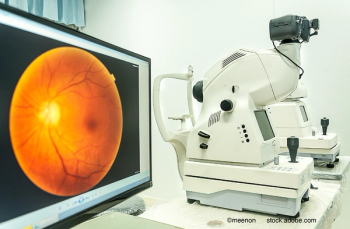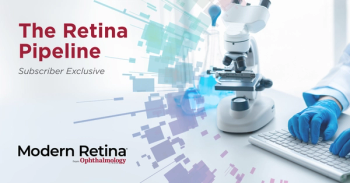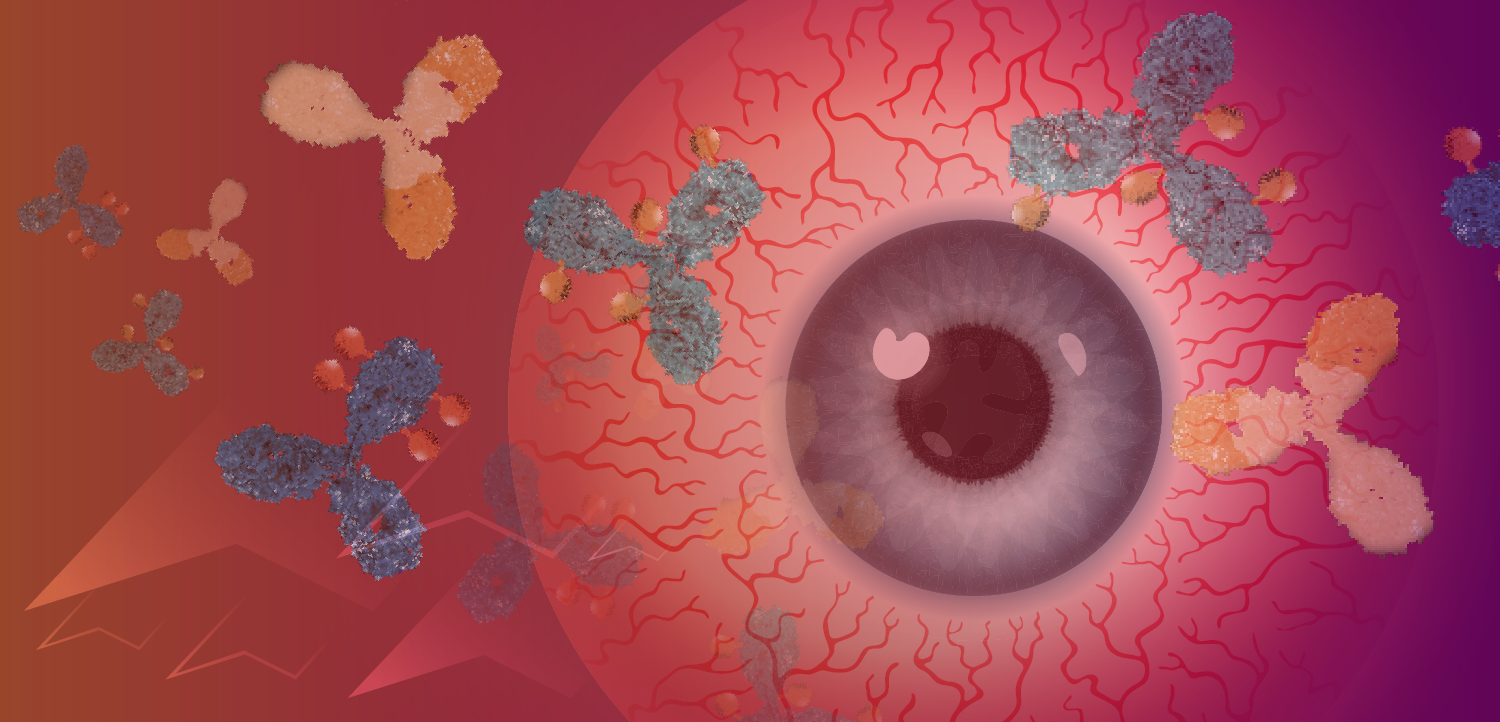
RetinalGenix Technologies starts imaging patients with prototype high-resolution retinal imaging device
The imaging system is designed to enable secure, real-time remote monitoring around the clock, from virtually any location.
RetinalGenix Technologies has reached a milestone in developing its high-resolution retinal imaging device and remote monitoring system. The company has successfully started imaging patients with its first prototype of its device using both near-infrared and green modes. The images will be further enhanced for inclusion in the second prototype, and the design for manufacturing will now commence.1
The imaging system is designed to enable secure, real-time remote monitoring around the clock, from virtually any location. The device is easy to operate and does not require a technician or pupil dilation to view a 40° field of vision. It enables remote physicians to access data quickly for immediate assessment. Additionally, the imaging device simultaneously captures retinal and external images of the patient’s eye.1
According to the news release1, the company plans to develop network of retinal specialists who will be available to receive the images on a contracted basis, assisting patients who may currently lack an eye care professional to review their results. The device is not intended for diagnostic purposes; rather, it is a screening and monitoring tool. It can lead to immediate resolution, either through a physical examination or by scheduling a prompt visit to a doctor’s office. If necessary, patients may also go directly to the emergency room.
The RetinalGeniX imaging system is designed to allow routine screenings to be conducted by general practitioners, optometric technicians, clinics, etc. The high-resolution retinal imaging system is designed to enable screening for macular degeneration quickly and efficiently.1
In addition to the RetinalGeniX imaging system, the company is also pharmaco-genetic mapping technologies intended to prevent blindness through the early detection and treatment of ocular diseases and also to detect initial physiological changes that could indicate possible future systemic disease, specifically age-related macular degeneration.1
Reference:
1. RetinalGenix Technologies Breakthrough in Real-Time 24/7 Remote Ocular Monitoring. RetinalGenix Technologies Inc. February 20, 2025. Accessed February 21, 2025. https://www.biospace.com/press-releases/retinalgenix-technologies-breakthrough-in-real-time-24-7-remote-ocular-monitoring
Newsletter
Keep your retina practice on the forefront—subscribe for expert analysis and emerging trends in retinal disease management.
















































